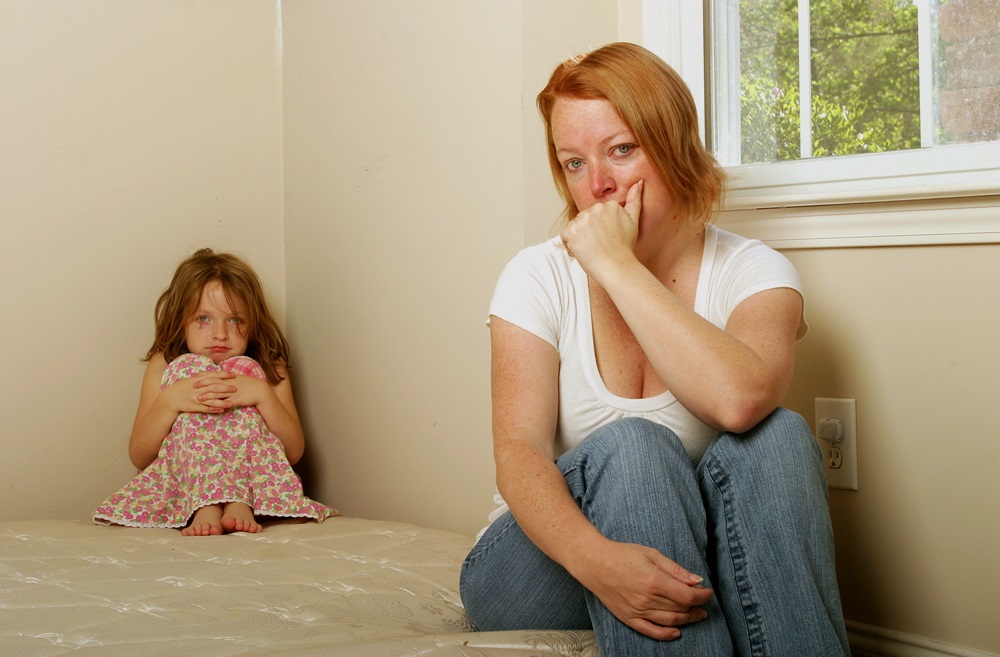Marcus Butler
19 October 2017: One in 10 Canberrans are living in a low-income household, according to new research from the University of Canberra’s National Centre for Economic and Social Modelling (NATSEM).
The new report,Hidden disadvantage in the ACT: Report for ACT Anti-Poverty Week, shows that as many as 37,000 residents – or 11 per cent of the population – are living in low-income households.
Researchers, including NATSEM’s Professor Robert Tanton, Associate Professor Riyana Miranti and Senior Research Fellow Yogi Vidyattama, used 2016 census data from the Australia Bureau of Statistics to compile the results.
Dr Miranti said the data was scaled to small areas of Canberra with around 150 households.
“When examining the city through these small statistical areas we found one in 10 had more people on low incomes than the average for Australia’s capital cities,” Dr Miranti said.
“And for children it was even starker; 12 per cent of Canberra’s kids live in low-income households.”
“Eight per cent of areas in Canberra had higher than the average number of people who hadn’t completed Year 10 schooling, compared to other capital cities.”
The report also found that approximately three per cent (8,751 people) of Canberrans were living in a single parent family in low-income households.
Dr Miranti said overall, one in five small areas of the ACT were higher than the capital city average on two or more indicators of disadvantage and one in 10 were higher on three or more indicators. Which include - proportion of people living in low income households; proportion of children living in low Income households; proportion of persons living in a sole parent family in low income households; proportion of people who did not complete year 10 and are not at school; and median rent payments in an area as a proportion of median income.
“The popular perception of the well-educated, higher income Canberran masks the real truth that our community has areas of significant disadvantage, but the statistics are there,” she said.
“The pockets of disadvantage in the ACT are usually hidden by statistics produced at larger area levels. Higher scale analysis means we lose people’s individual experiences and end up with a skewed vision of our city.”
The report was commissioned by the ACT Council of Social Services (ACTCOSS) in partnership with Anglicare NSW South, NSW West & ACT; Belconnen Community Service; Marymead; St Vincent de Paul Society – Canberra/Goulburn; UnitingCare Kippax; Woden Community Service; and YWCA Canberra.



